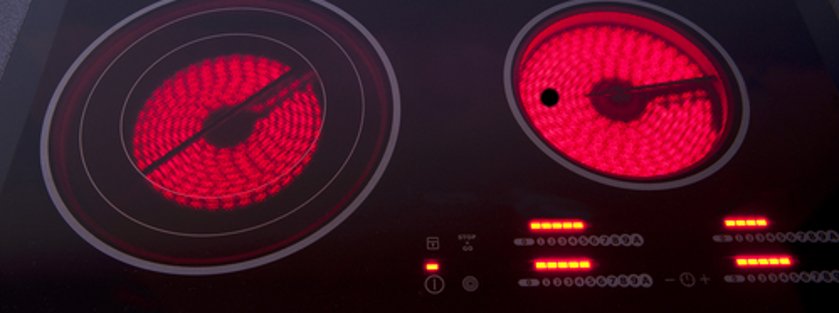Conserving energy is a great way to lower your electricity and natural gas bills. When we think about energy conservation, we tend to focus on big-ticket items like heating and cooling. Other home energy uses such as water heating and lighting also provide good opportunities to save your hard-earned dollars. In general, upgrading appliances to more efficient models is key to saving energy.
Energy Considerations
Cooking is an energy-intensive activity in the home that is often overlooked. There are a number of reasons for this. First, there is a national trend to dine outside of the home and cook less. Also, our cooking appliances tend to last forever. This means we are not in the market for new cooktops or ovens as often as we are for other appliances. Finally, the payback on upgrading to more efficient cooking appliances does not have the same energy savings impact as installing a high efficiency water heater, for example.
However, for those of you who are looking to build a home or remodel your kitchen, it makes sense to spend some time considering your cooking appliances. Fortunately, there are a number of options from which to choose. Some are tried and true while others represent the latest in cooking technology.
Cooking with Gas
Gas cooktops have a number of advantages. They heat by thermal conduction and are very responsive. Temperature adjustments are quick and easy. Gas is also a primary fuel, which means that you are using it in its natural state rather than having the utility convert it to electricity. The main drawback with gas cooktops is efficiency. About 60% of the energy is wasted by heating the air around the pot or pan. Only about 40% of the energy goes to heating your food.
Electric Cooktops
Electric coil cooktops are more efficient than gas cooktops. They work on thermal conduction just like gas cooktops. However, their direct contact with the pot or pan reduces the amount of waste heat. Efficiencies (percentage of energy used for the intended purpose) can range from 60 to 70%.
A more popular version of electric cooktops is the glass top variety. Electric glass top units work on the concept of radiant heat. The coils below the cooktop surface emit infrared radiation that converts to heat when it encounters an object. These cooktops owe their popularity to ease of cleaning and appearance. Their downside is that they are slow to heat up and cool down. They are essentially the opposite of gas cooktops when it comes to temperature-responsiveness.
Induction Cooktops
This brings us to induction cooktops. Magnetic induction cooktops combine the responsiveness of gas with efficiencies exceeding those of radiant heat and electric coil cooktops. It is common for induction cooktops to claim efficiencies in to 75 to 85% range. There are only two downsides to induction cooktops. First, induction cookware must be made of a magnetic-based material. These materials include magnetic stainless steel and cast iron. Look for a coil symbol on the cookware to verify that it is suitable for use with induction cooking. For many of us, switching to induction cooking means acquiring new cookware.
The second drawback has been the cost of induction cooktops compared to other options. The good news is that induction cooktop prices are falling and they are much more reasonable than they were a couple of years ago. If you are looking for a compromise, you might want to purchase a portable single burner induction unit. These countertop devices are very affordable ($50-$75) and will allow you to experience the benefits of induction cooking without breaking the bank.
The government does not have high efficiency standards for cooktops the way it does for water heaters and home lighting. However, if you are in the market for new kitchen appliances, consider an induction cooktop as a user-friendly and energy efficient alternative. When it comes to saving energy and lowering your utility bills, every little bit counts.


